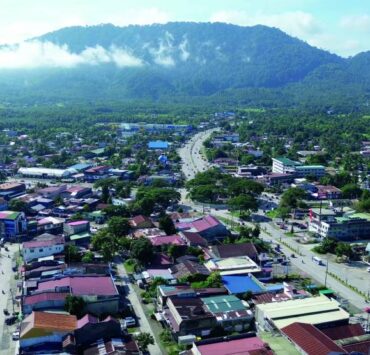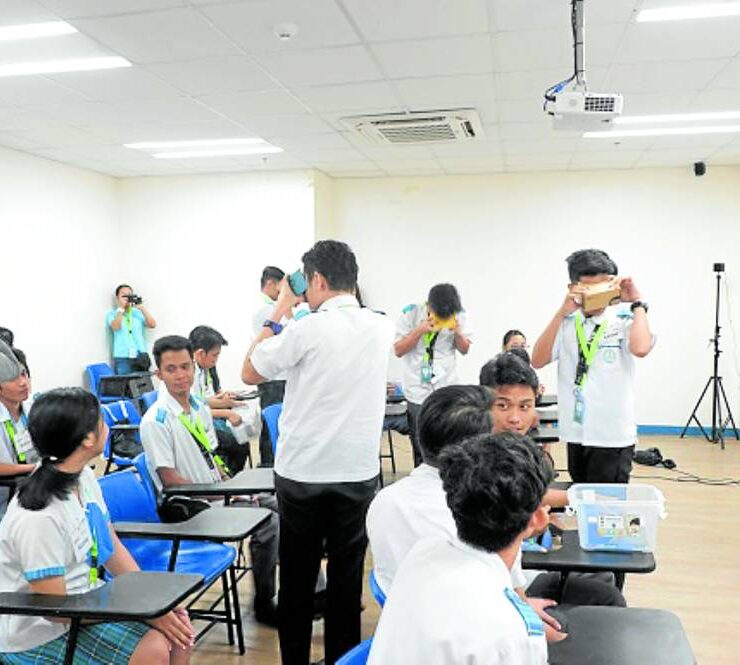How the Michelin Guide could change the way we eat
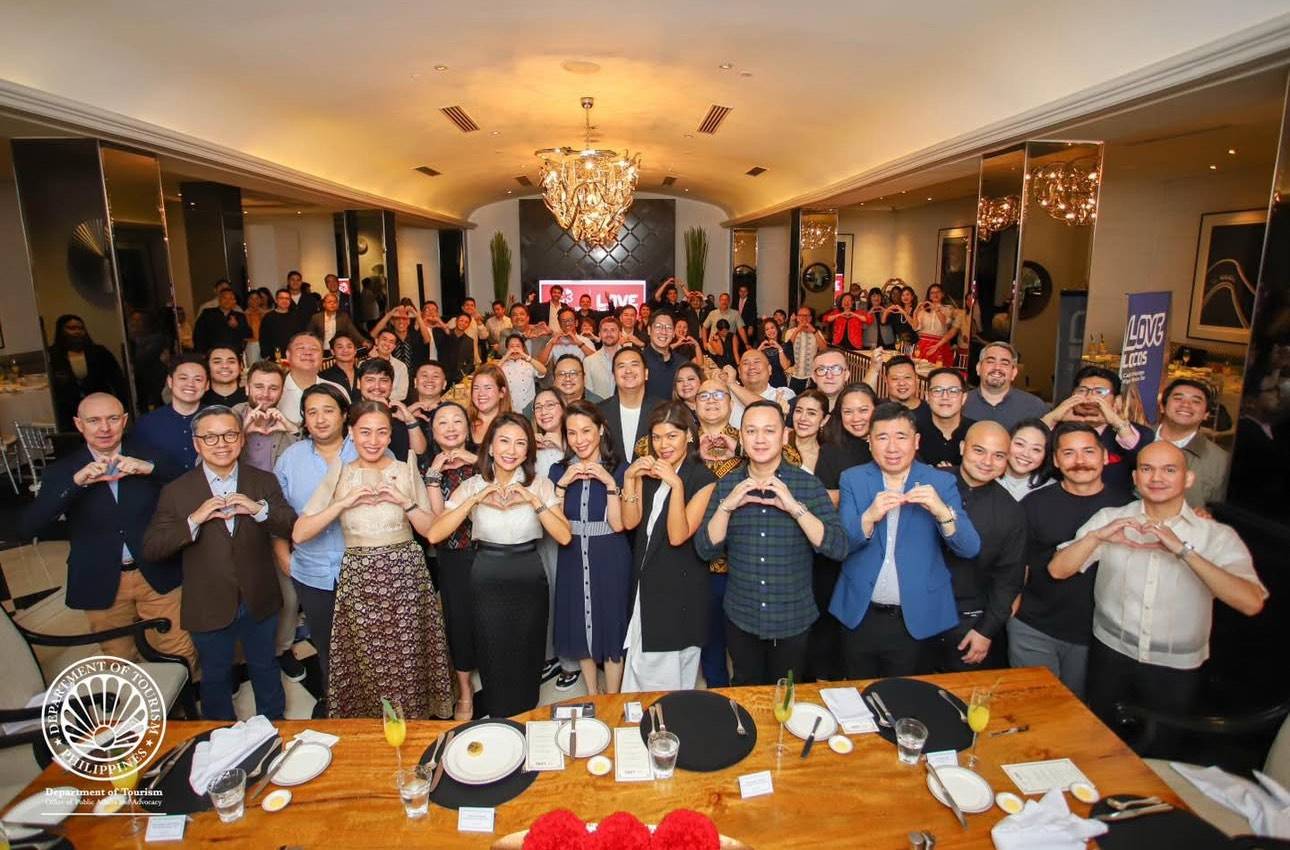
There had long been talks about the Michelin Guide coming to the Philippines. But for many months, it had been exactly just that—uncertain chatter. Last Tuesday, Feb. 18, Tourism Secretary Christina Garcia Frasco ended all speculation and confirmed to a dining room full of chefs and restaurateurs that the much respected dining guide will indeed be including Metro Manila, Tagaytay, Cavite, Pampanga and Cebu in its latest roster.
It may have taken a long while to get them to feature the country, with neighbors like Vietnam (2023) and Malaysia (2022) beating the Philippines by a few years. But now that it’s officially finally here, the gourmands are already excited to know, as early as when it was announced, what restaurants will make the cut.
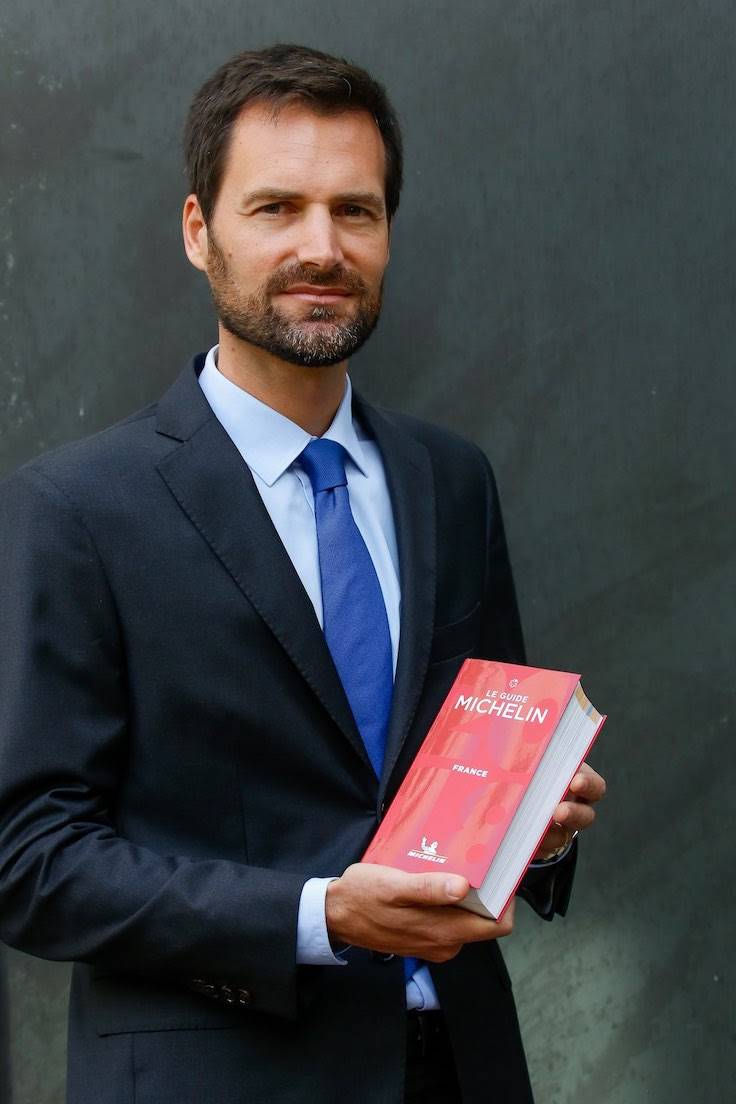
Bringing the Michelin brand in had been contentious, one that sparked a long debate on whether it would be beneficial to the country. But Frasco, who, in the early days of her tenure at the Department of Tourism, underscored the pivotal role of gastronomy tourism to the Philippines, was steadfast in her belief that having the Michelin Guide here will do us good in many ways. It would increase global awareness of Filipino cuisine and talent, attract more international tourists to experience homegrown restaurants, set standards in dining experiences and operations, keep the food scene exciting, and drive the chefs to always bring their A-game.
How it works
The much-coveted Michelin star is a badge of culinary honor bestowed on a restaurant by anonymous inspectors, all full-time employees who are former restaurant and hospitality professionals (and must remain incognito even to family members), whose task is to compose detailed and comprehensive reports about their dining experience, taking into account not only the quality of ingredients, harmony of flavors, and the mastery of cooking techniques, but also the personality of the chef based on the cuisine and the consistency both across the entire menu and over time of the shortlisted restaurant, which can either be formal or casual.
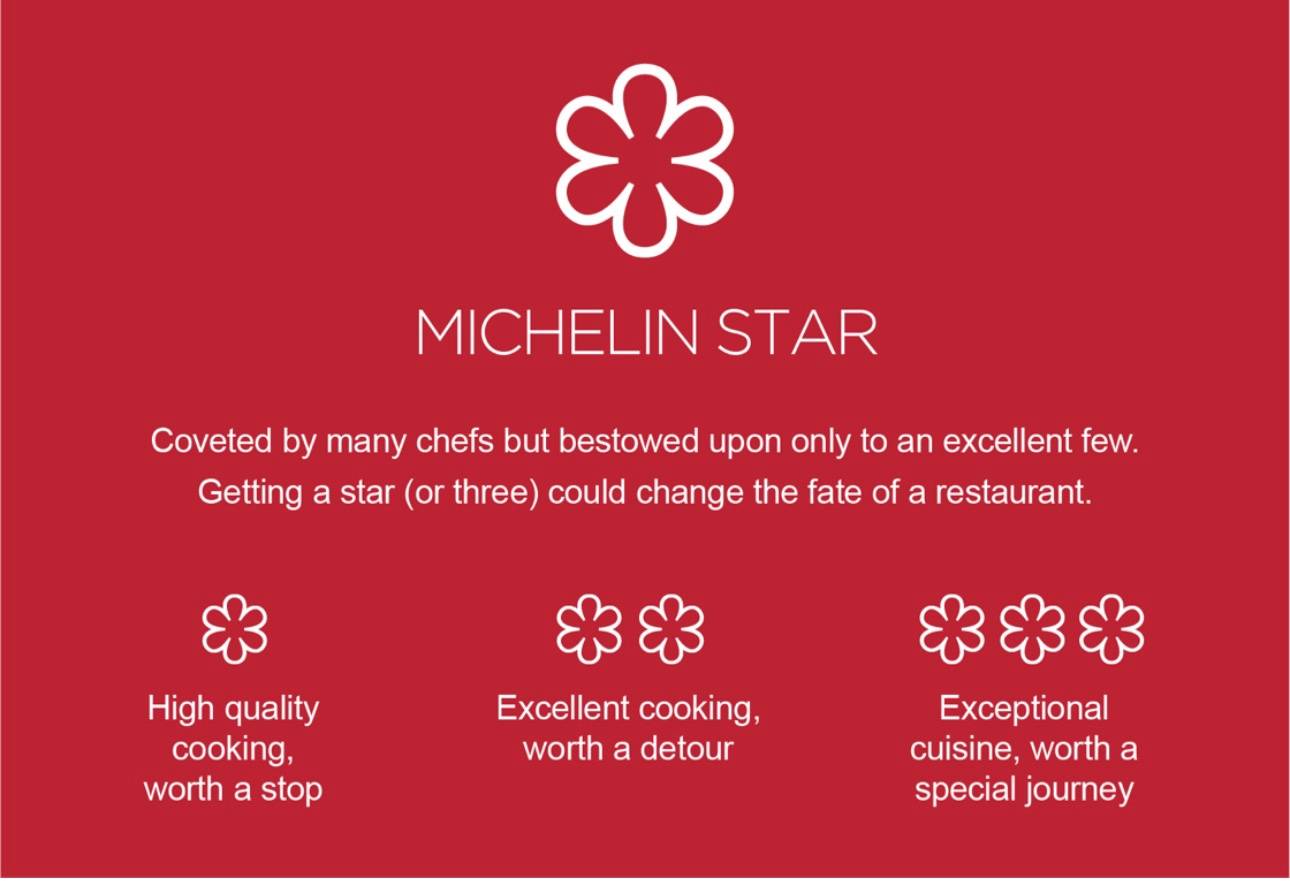
The outstanding ones can bag any of the three levels of recognition, according to guide.michelin.com:
“One Michelin Star is awarded to restaurants using top quality ingredients, where dishes with distinct flavors are prepared to a consistently high standard.
“Two Michelin Stars are awarded when the personality and talent of the chef are evident in their expertly crafted dishes; their food is refined and inspired.
“Three Michelin Stars is the highest award, given for the superlative cooking of chefs at the peak of their profession; their cooking is elevated to an art form and some of their dishes are destined to become classics.”
There is also the Bib Gourmand, which recognizes “great value and highlights simple yet skillful cooking at an affordable price.” The Green Star, the newest award introduced only in 2020, is given to restaurants that exemplary employ sustainable gastronomy.
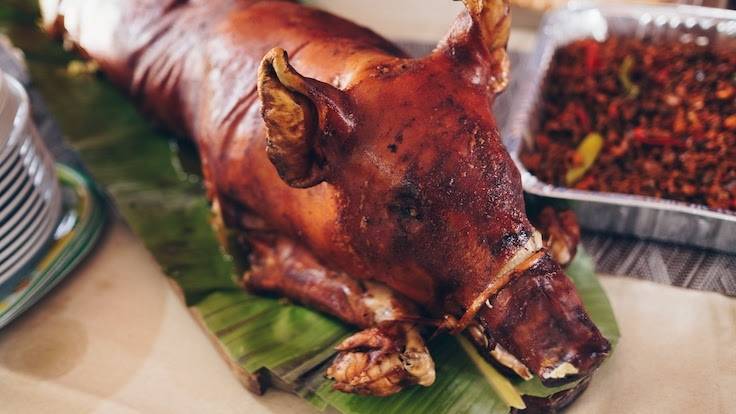
As inspectors start their evaluations, the chefs and restaurateurs need to sharpen up if they want to be recognized by the guide come last quarter of 2025. Though a handful of restaurants already shows much promise, I believe many players can still work on some aspects of their game, such as stricter hygiene and sanitation procedures (especially for eateries vying for a Bib), more developed wine culture and beverage pairing, professionally trained service, and inspiring creativity.
Exciting
“It’s very exciting. I’ve been dreaming of it to come for many years. I would be happy for anyone who earns stars. Personally, I don’t think I’m cut out for that level of cookery anymore,” says Myke “Tatung” Sarthou of Lore Restaurant. “I think Filipino chefs have the talent, the skill and drive to win, but they need the support of the industry and the government to make it work. The economics behind running a restaurant to Michelin standards is no joke. It’s really intimidating.”
LG Han of Michelin-starred Labyrinth in Singapore has been to the Philippines multiple times, seven to be exact, and feels the country is ripe and ready for the Michelin Guide.
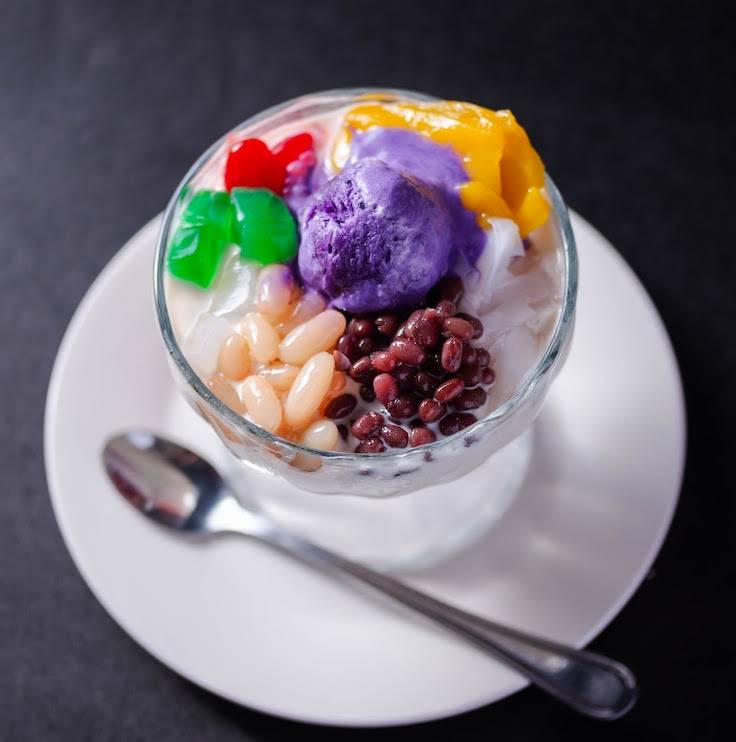
“Being a great fan of Manila and its gastronomical scene, I personally believe that the current restaurant standard is right up there alongside the best in the world—the natural warmth and hospitality of the Filipinos alongside the passion of the chefs has created a top-notch gourmet scene which needs no fixing,” Han says.
“Of course, the offerings can be more diverse, but it will come with time and we are already seeing a great improvement in offerings from 10 years back to now. I am truly excited that my chef friends in Manila finally have a Michelin Guide to reward their talents and hard work!”
Asia’s Best Female Chef 2023, the Filipina Johanne Siy of one-Michelin star Lolla (Singapore), shares the same sentiments. “It’s about time! The country is ready. While there are so many noteworthy places and remarkable chefs, there are still so many unsung talents in the country. I hope that the Guide helps uncover these hidden gems.”
She adds, “I am no expert but I think that if one pays attention to the produce (our country is blessed in this regard), cooks it with skill, care and love, and has the persistence to execute at this level of excellence day in and day out, then that is an infallible formula for success. I am confident that when the inspectors finally do their rounds, they will be greeted with the warmth and confidence of a knowledgeable and passionate crew. I cannot wait for them to experience the genuine warmth of Filipino hospitality.”
Angelo Comsti writes the Inquirer Lifestyle column Tall Order. He was editor of F&B Report magazine.















